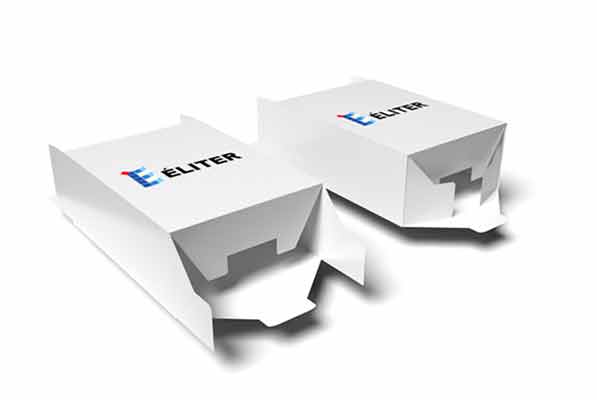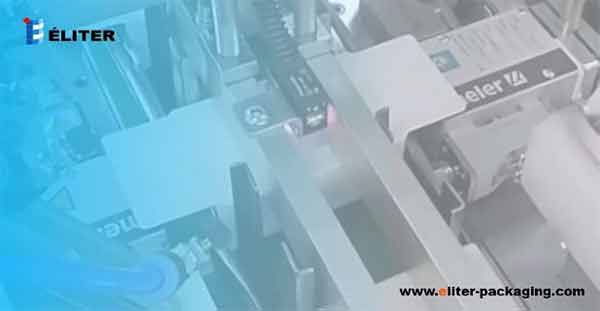Cartoning automation has been evolving during the recent years and now cartoning machines are not only about carton packaging.

Carton is one of the most common forms of packaging we see in daily life regardless of what the product is: the muesli we have for breakfast is packed in a plastic bag and then contained in a zipper carton, the toothpaste we buy from the supermarket comes in a carton whose two ends are sealed by glue, the mobile phone case we bought from the shop is packed in a hanger tab carton… from what we use to what we eat, cartons are ubiquitous through our life.
But have you ever thought about what has made it possible for the sustainable supply of carton packaging for products that we human beings consume each day and in countless quantities? or say, who is the superhero there that has put those products into cartons which are now placed prominently on the shelves of the supermarket? Possibly the “superhero” cannot be a human, but a machine.
According to PPMA’s definition, cartoning machines or cartoners are packaging automation systems for carton packing which can erect carton blanks, insert products into the cartons, and close and seal the cartons. Even though the cartons may vary considerably in terms of size, shapes and styles, the cartoning machines can be applied for different carton styles such as, in terms of styles, tuck-in cartons, glue-sealed cartons, open sleeves… and regarding the shapes, hexagonal, gable-top, and so forth.

Despite the carton styles and products to be packed, automatic cartoning machines, compared with the manual work, are unparallelable in terms of efficiency, though the initial cost of installing an automatic cartoning machine may be much more expensive than labor cost, however, it reduces gradually when it comes to unit cost in the long-term. Another edge that cartoning machines have over humans is that employing a machine is a more economic investment than employing people when it comes to repetitive work. To be specific, machines are controlled logically by programs and mechanically driven which generally means they do not make mistakes as frequently as a human unless there are some technical errors.
Leading manufacturers of packaging machines in the world have made the packaging machines nowadays beyond and not just about packaging. The concept of Industry 4.0 has led packaging automation to a new stage with higher requirements for technology, user experience, performance, convenience, and safety. The modern cartoning machines primarily outstrip those old-fashioned ones in the following functions:
Fast changeover
In the past, a single set of cartoning machine can be used for several carton formats though, a technician who is familiar with the machine must be there to adjust and configure it so that the machine can be adapted to another carton perfectly without error. Such a process usually takes around 30 minutes or even more, while nowadays through a combination of complex programming, installation of a series of servo- motors and signals… the operator can just complete the changeover with just a click on the machine’s control panel and the rest to do is just waiting for the machine to adjust itself.
More Intelligent Control and Access
When it comes to the control of machines what occur to our mind are usually buttons… such a stereotypical impression of machines does not fit those up-to-date ones. The operator now can monitor and control the machine through a human-machine interaction panel where its status is visualized:
Better Performance
The highest speed of cartoning machines during the past years has been around several hundred cartons per minute, yet with evolving technology, the current record has reached almost 1000 CPM. The use of multi-axis servo system has made it possible that the machine can be as simple as possible in terms of mechanical structure and not necessarily be so complex that it is not easy to maintain.
As the technological revolution has brought the packaging automation to such a new epoch that it might be beyond the imagination of a person from the 1990s, so as it is for us to take a brainstorm to envision what the future packaging automation would be like… only the time will tell the answer how our future packaging “superhero” looks like.
In this episode, I sat down with Beejan Giga, Director | Partner and Caleb Emerson, Senior Results Manager at Carpedia International. We discussed the insights behind their recent Industry Today article, “Thinking Three Moves Ahead” and together we explored how manufacturers can plan more strategically, align with their suppliers, and build the operational discipline needed to support intentional, sustainable growth. It was a conversation packed with practical perspectives on navigating a fast-changing industry landscape.